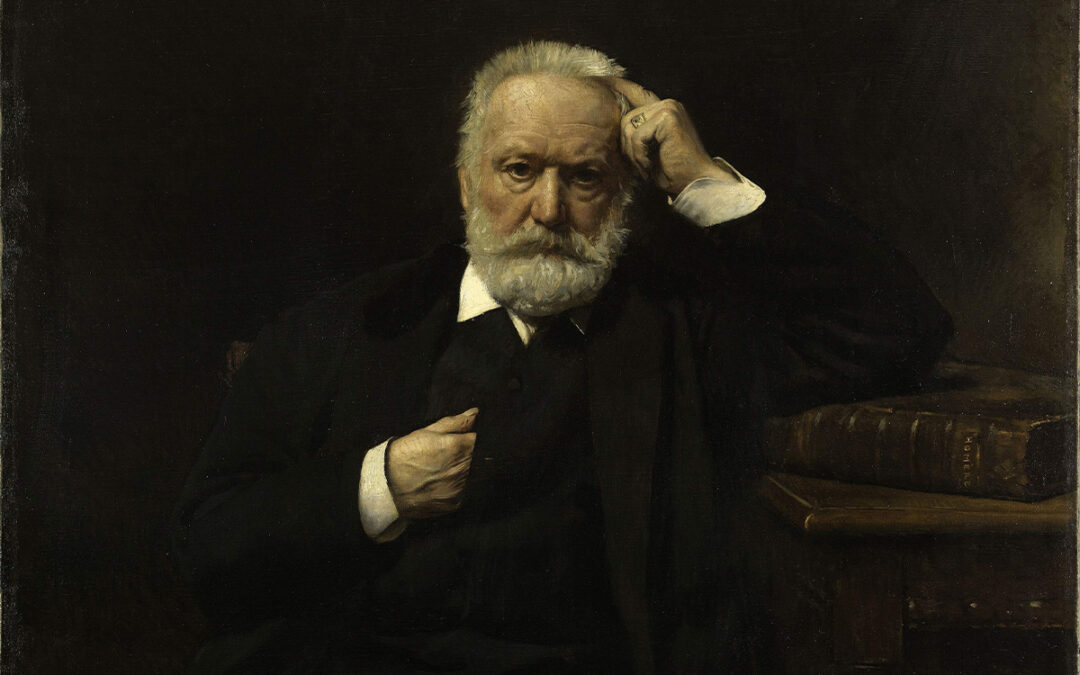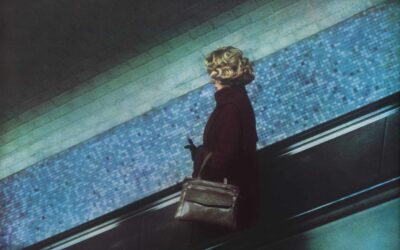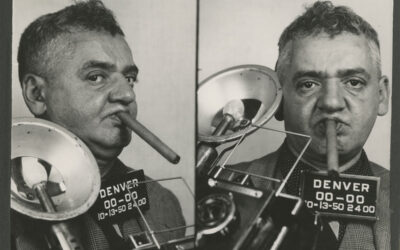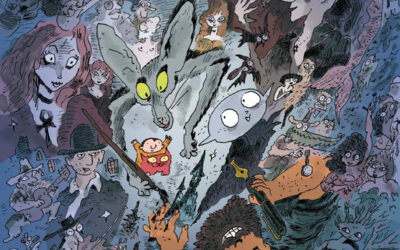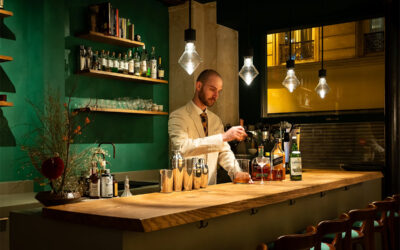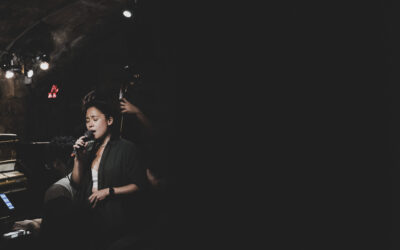In a few weeks, the Maison de Victor Hugo, Place des Vosges, will close for work for a year. Until mid-April, there is still time to discover the apartment of the “grantwriter” on the second floor of the Hôtel de Rohan-Guéménée, at number 6 Place des Vosges, located on the south-west corner. East.
Remember that with the exception of the first floor, dedicated to temporary exhibitions, the visit to this museum, somewhat neglected by the general public, is free. Certainly, the apartment on the second floor is no longer in its original state. But the soul of the man who was a poet, playwright, novelist, deputy of Paris and academician, is still palpable in this biographical museum which traces the life of the author: before, during and after the exile in Guernsey.
Living in the Marais from 1832 to 1848, it was here that the leader of the Romantics wrote several major works: Lucrezia Borgia, Ruy Blas, Marie Tudor, without forgetting a large part of Les Miserables. The raised work table on which he wrote (always standing, never sitting) is one of the most moving objects in this “L”-shaped apartment with seven rooms in a row.
We will also appreciate the “Chinese salon”, which reveals a little-known facet of Victor Hugo’s genius: his talent as a decorator. This room entirely decorated with Chinoiserie resurrects the spirit of the house of his mistress, Juliette Drouet, who came to join him in exile in Guernsey, after having lived on rue Sainte-Anastase, very close to the current Picasso Museum.

Defender of press freedom, supporter of the abolition of the death penalty, activist for women's rights, in short agitator of avant-garde ideas, Victor Hugo attracted like a magnet all the literate minds of his time. Honoré de Balzac, Lamartine, Alexandre Dumas, Sainte-Beuve, Prosper Mérimée, Alfred de Vigny and Théophile Gautier parade at 6, place des Vosges. Admired or hated, true star of his time, Victor Hugo – like Johnny Hallyday, he was entitled to a national funeral! – is undoubtedly one of the most notable celebrities to have lived in Le Marais. Visiting the apartment of the cult author whose work “Les Misérables” is currently playing on Broadway is therefore a civic obligation!
Text: Ella David and Axel G.
Photos: ©Anaïs Costet
25.02.19
THERE ARE LOTS OF MUSEUMS HERE
Annie Ernaux, the literature of reality at the MEP
The 2022 Nobel Prize-winning writer has been interested in photography for a long time, notably in the text “the use of photography”, a four-handed story published in 2006. At the European House of Photography, on the banks of the Seine , the exhibition Exteriors - Annie Ernaux & Photography flourishes until May 26, 2024.
The Weegee enigma, extreme photographer
American photojournalist from the 1930s and 50s, famous for his black and white photos of nightlife in New York, Weegee takes this nickname as a nod to the spirit board, the Ouija board. Because he proclaims himself a “psychic photographer” with the 3rd eye.
Joann Sfar featured at MAHJ
Who doesn’t know the comic strip “The Rabbi’s Cat”? Its creator, Joann Sfar, was born in Nice in 1971. In this retrospective at the Museum of Art and History of Judaism in the heart of the Marais, the first of its kind, we will see many original plates presented in images by the famous cat .
NOW ON THE MOOD MARSH
Divine brunch at the foot of Notre-Dame
Of course, officially, it is not the Marais. But at Son de la Terre, a barge recently moored at the Montebello quay (5th), the 4th arrondissement is in sight. Moreover, this one is incredible: on one side, it is Notre-Dame flooded with sunlight; on the other, the quays, the book sellers, the walkers, the joggers.
Saka, a cocktail bar like in Tokyo
Here is an address which gives the measure of the transformation of the Marais. And it's enough to silence the grumpy people whose mantra is: “It was better before…” No, everything was not better “before” in the Marais. Besides, there was no American bar like Saka, which cultivates a form of excellence that can only be found in Japan.
Jazz at 38Riv: The highlights of May
The only jazz club in the Marais, 38Riv is the temple of cool and swing. Rue de Rivoli, between Saint-Paul and Hôtel de Ville, its vaulted cellars are the home base of the new jazz scene. Every evening, the magic happens.

